GMT fish produced superior growth, FCR
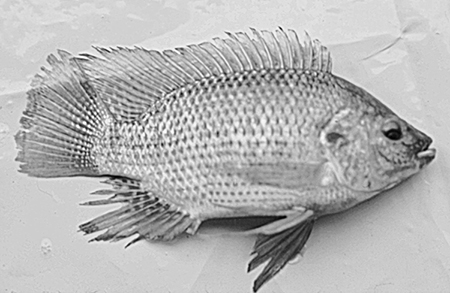
Nile tilapia (Oreochromis niloticus) is a popular food and cultured fish in the United States. Other uses for tilapia are developing, including biological control of nuisance filamentous and planktonic algae, live bait, and forage for larger fish.
U.S. imports of tilapia are many times higher than domestic production. Most of this production, which occurs primarily in indoor systems, is for live-sale ethnic markets in larger cities.
Many U.S. facilities culture tilapia indoors to overcome weather constraints, prevent escape, or both. Some small-scale operations are currently raising Nile tilapia in greenhouses with associated hydroponics of herbs and vegetables. In Arkansas, advanced fingerlings have been raised in a recirculating aquaculture system (RAS) during the winter, then grown to 0.45 kg and larger during the summer in cages in a farm pond.
Genetically male tilapia
One promising strain of Nile tilapia is the genetically male tilapia (GMT), which results from the mating of sex-reversed female fingerlings with normal females to produce 25 percent YY male progeny. The YY males are determined by progeny testing, then mated with normal females to produce all XY male progeny.
Although testing has indicated growth superior to other strains for these fish, GMT response to different rations and associated feed-conversion rates have not been widely reported.
Previous study
A polyculture trial at the Joe Hogan Fish Hatchery in Lonoke, Arkansas, USA with fed blue catfish (Ictalurus furcatus) fingerlings and unfed (algae-only) Nile tilapia in net pens produced a 25 percent greater increase in growth of GMT versus fish in mixed-sex pens after 87 days. An RAS study by the Aquaculture/Fisheries Center at the University of Arkansas in Pine Bluff, Arkansas, USA also sought to confirm these results.
RAS study
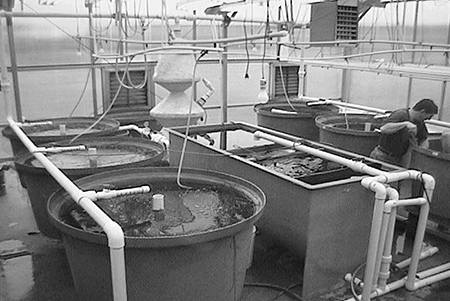
At the Aquaculture/Fisheries Center, researchers evaluated GMT and mixed-sex strains of Nile tilapia in an RAS with six 1-meter-diameter, 540-liter polyvinyl tanks (Fig. 1). Water drained by gravity from the tanks into a 5-cm-diameter manifold, then into a 1,200-liter settling tank. The water then was pumped through a bubble-washed bead filter that was backflushed daily.
Stocking
On November 18, 2000, each culture tank was stocked with 100, 38-gram fish. Three tanks were stocked with mixed-sex Nile tilapia, and three with GMT fish.
Feeding
At two-week intervals beginning January 9, 2001, all fish were counted and batch-weighed, and feed amounts were changed. Although all tanks received the same amount of floating, 32 percent-protein channel catfish pellets, the fish were fed a different percentage of their body weights at each time interval.
Results
Table 1 shows the results of the trial. Green water persisted during the first feed interval and crashed prior to the start of the second.
Perschbacher, Growth and feed conversion of mixed-sex and GMT Nile tilapia, Table 1
| Sampling Dates | Daily Feed Rate (% Body Weight) | % Increase fish/day GMT | % Increase fish/day Mixed Sex | Feed-Conversion Ratio GMT | Feed-Conversion Ratio Mixed Sex |
|---|---|---|---|---|---|
| 1/9-1/24 | 2 | 1.95 | 1.60 | 1.60 | 1.64 |
| 1/24-2/8 | 4 | 3.31 | 2.86 | 2.86 | 1.20 |
| 2/8-2/22 | 2.5 | 2.11 | 2.22 | 2.22 | 1.35 |
| 2/22-3/10 | 2.9 | 2.21 | 2.21 | 1.97 | 1.42 |
Harvest weight and survival
Fish were harvested after 103 days at an average size of 172 grams in the GMT treatment, and 156 grams in the mixed-sex treatment. Survival averaged 96.3 percent in GMT tanks and 96.7 percent in mixed-sex tanks.
Feed conversion
GMT fish reflected a superior feed-conversion ratio (FCR), significant at the highest feed rate of 4 percent of body weight feed per day. One FCR was 0.9 in this group. Limited grazing on periphyton on tank walls probably occurred.
Growth
GMT fish grew faster than the fish in mixed-sex tanks at all ration levels except 2.5 percent of body weight, and averaged an increase of 11 percent. The greatest growth increase (22 percent) resulted at the lowest ration of 2 percent of body weight. This is close to that observed in the net pen hatchery trial, where fish were unfed and presumably at low food rations from filter-feeding only.
Production ration
The feed-conversion ratio improved by 13 percent at the 4 percent ration. This ration would be used in production and is economically more important than the increase in growth rate. For example, at a 30 percent fillet yield, the 13 percent decrease in FCR would reduce feed cost to produce fillets from U.S. $0.88 per kilogram to $0.77 per kilogram. The average decrease in FCR over the four rations was 5 percent.
Conclusion
In this study’s comparison of genetically male and mixed-sex tilapia populations, the GMT fish produced superior growth and food conversion.
Males are known to grow faster than females, and the more aggressive feeding and interactions observed in small groups of fish in the tanks were also perhaps male-only effects. Moreover, the ease of production for all-male populations and the lack of hormone use are certainly advantages to producing all-male populations.
(Editor’s Note: This article was originally published in the April 2002 print edition of the Global Aquaculture Advocate.)
Now that you've reached the end of the article ...
… please consider supporting GSA’s mission to advance responsible seafood practices through education, advocacy and third-party assurances. The Advocate aims to document the evolution of responsible seafood practices and share the expansive knowledge of our vast network of contributors.
By becoming a Global Seafood Alliance member, you’re ensuring that all of the pre-competitive work we do through member benefits, resources and events can continue. Individual membership costs just $50 a year.
Not a GSA member? Join us.
Authors
-
Peter Perschbacher, Ph.D.
Aquaculture/Fisheries Center
University of Arkansas at Pine Bluff
Box 4912
Pine Bluff, Arkansas 71601 USA[117,100,101,46,120,101,97,117,64,114,101,104,99,97,98,104,99,115,114,101,112,112]
-
Timothy Pfeiffer, Ph.D.
Aquaculture/Fisheries Center
University of Arkansas at Pine Bluff
Box 4912
Pine Bluff, Arkansas 71601 USA -
Jeffrey White
Aquaculture/Fisheries Center
University of Arkansas at Pine Bluff
Box 4912
Pine Bluff, Arkansas 71601 USA -
Mohammad Jalaluddin, Ph.D.
Agriculture Department
University of Arkansas at Pine Bluff
Pine Bluff, Arkansas, USA
Tagged With
Related Posts
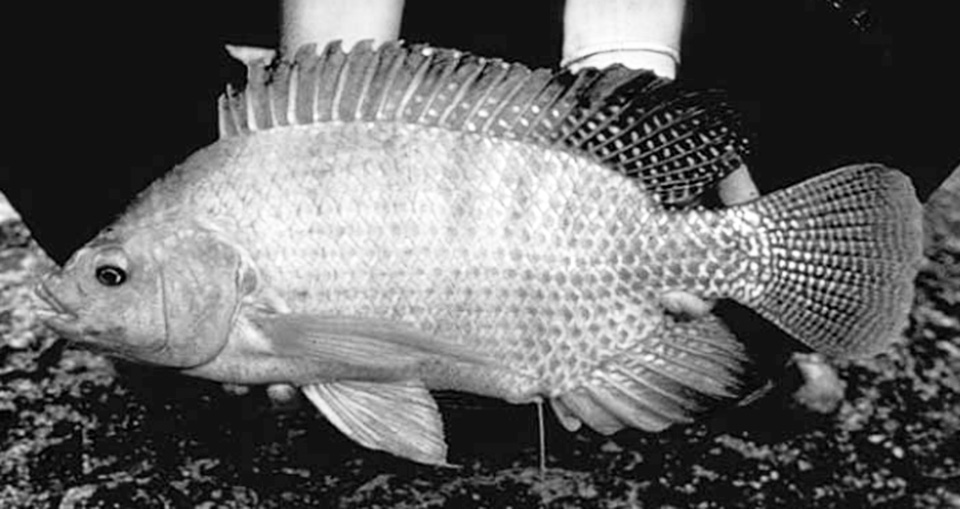
Health & Welfare
‘Super male’ Nile tilapia outperform hormone-reversed fish in Nicaragua
A recent study compared the growth and survival at different salinity levels of “super male” (YY) tilapia with normal sex O. niloticus reversed to 100 percent phenotypic males.
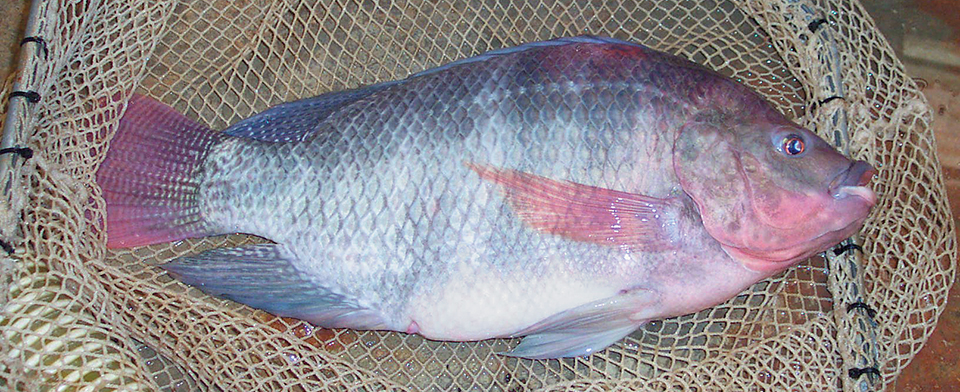
Health & Welfare
Monosex tilapia production
Monosex tilapia culture is preferred due to males' fast growth and large sizes. Hormonal sex-reversal techniques are being replaced by breeding programs.

Health & Welfare
Potential of YY male tilapia technology
YY male tilapia technology, based on the genetic manipulation of sex, provides a robust, reliable method of achieving male fish. It avoids the use of hormones and maintains strain purity in genetically normal males.
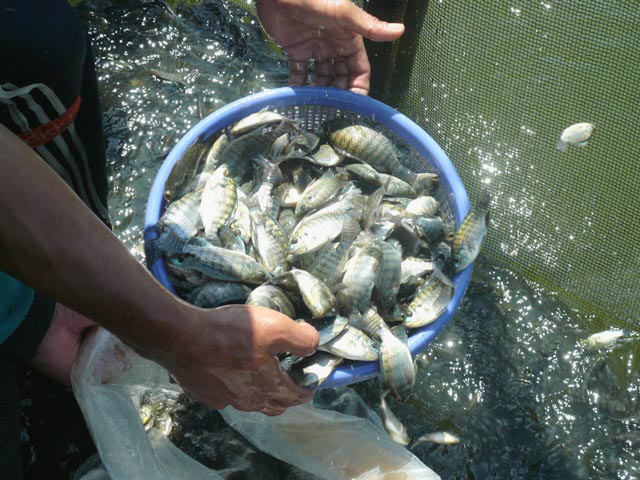
Health & Welfare
GESIT tilapia: Indonesia’s genetic supermales
Tilapia quickly reach sexual maturity in culture, and unless controlled, the fish reproduce and offspring compete for food. All-male culture of tilapia is preferred because of their fast growth and larger average size.


